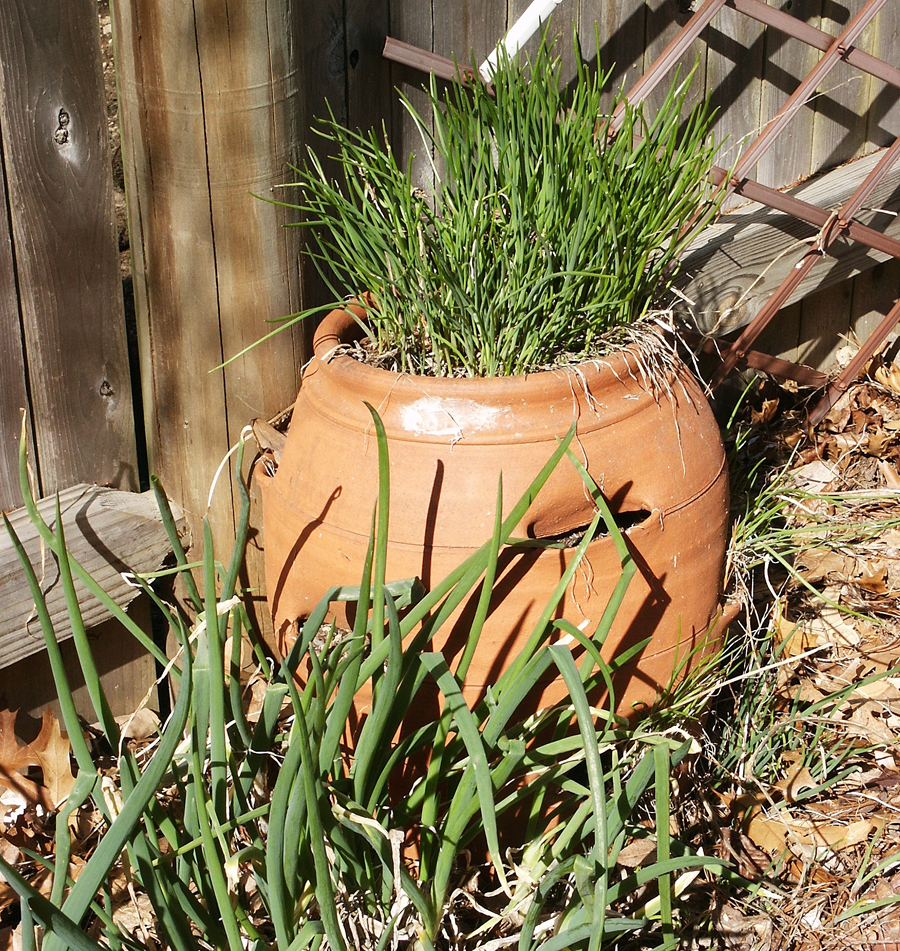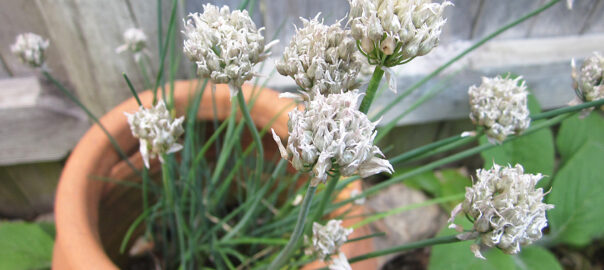
Chives are a type of herb related to onions, garlic, leeks and shallots. They are the smallest, but one of the finest-flavored of the Allium plant family.
At one time they were considered to be part of the lily family, but genetic studies have since reclassified it into its own family.
The most popular ones have long, thin green stems resembling grass. They are the first herbs “to wake up” after a long winter. The stems arise from small, underdeveloped bulbs.
The most popular chive is the “Garden Chive,” also called the “Spring Chive.” They are often described as “grassy” with “leaves/stems” that are slender, tubular, and hollow, and they have pretty, purple blooms.
We are told to harvest chive bud stems before the flowers open to enjoy a delicious mild chive flavor. Waiting for the flower buds to open can result in the stems not being so tasty.
Many gardeners harvest their chives just prior to cooking with them. Or they sprinkle the fresh chopped chives over a salad, soup, or a cooked vegetable such as mashed potatoes.
Chives may be grown in containers, or in vegetable or ornamental garden beds. Sunny locations are best to aid in the development of the flowers. Stems with flowers growing in shady locations are often “weighted” down.
The spent heads may be removed or left in place since many gardeners consider the seed heads to be an interesting ornamental feature.
While perennial chives are not scary, rampant spreaders, it’s interesting to consider what the noted garden writer/lecturer C.L. Fornari recently posted on her Facebook page:
“A reminder to all who grow chives in their herb garden: Pull those spent flowers off NOW! Otherwise, they will seed in your gardens, lawn, and driveway.”

